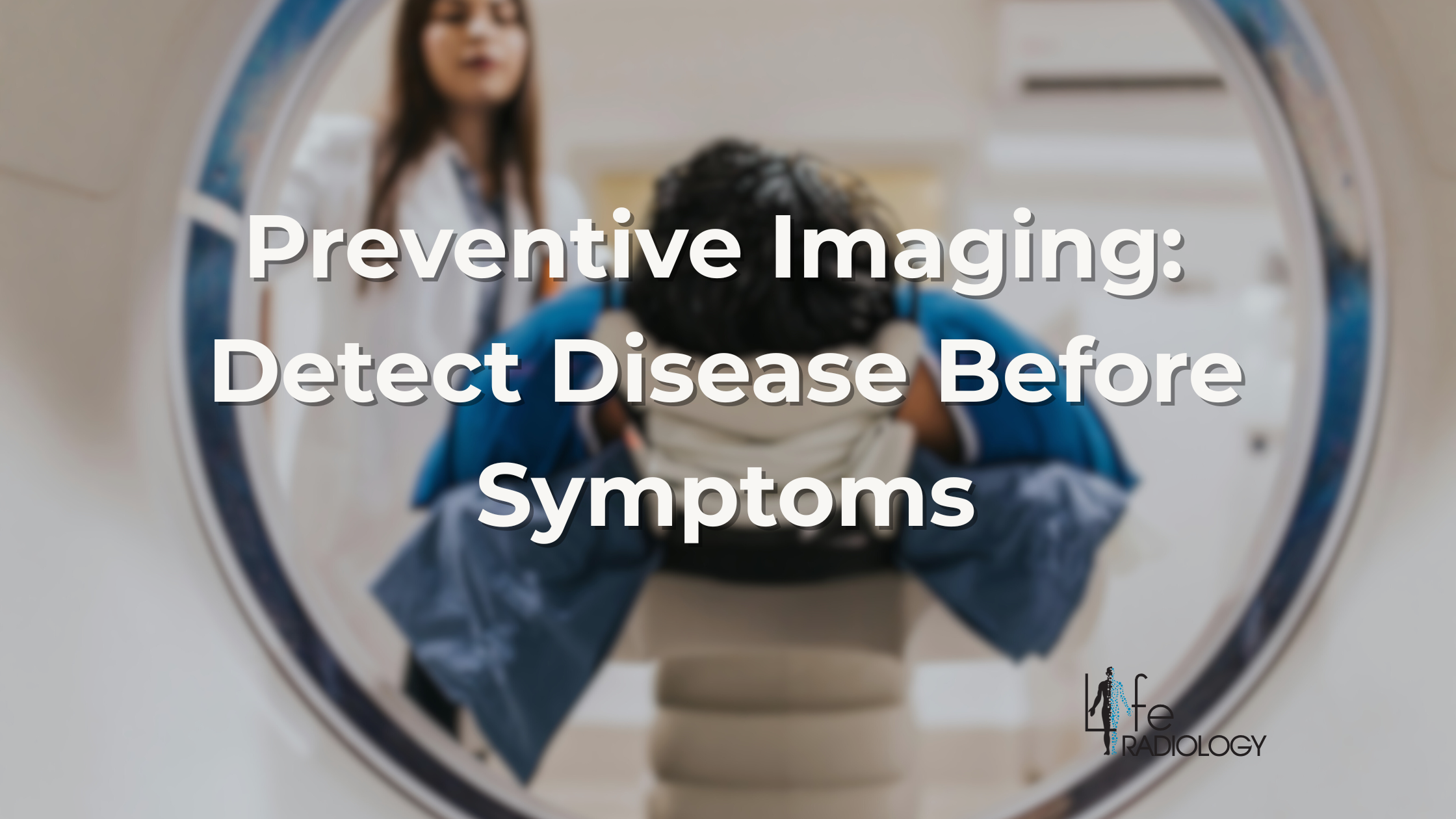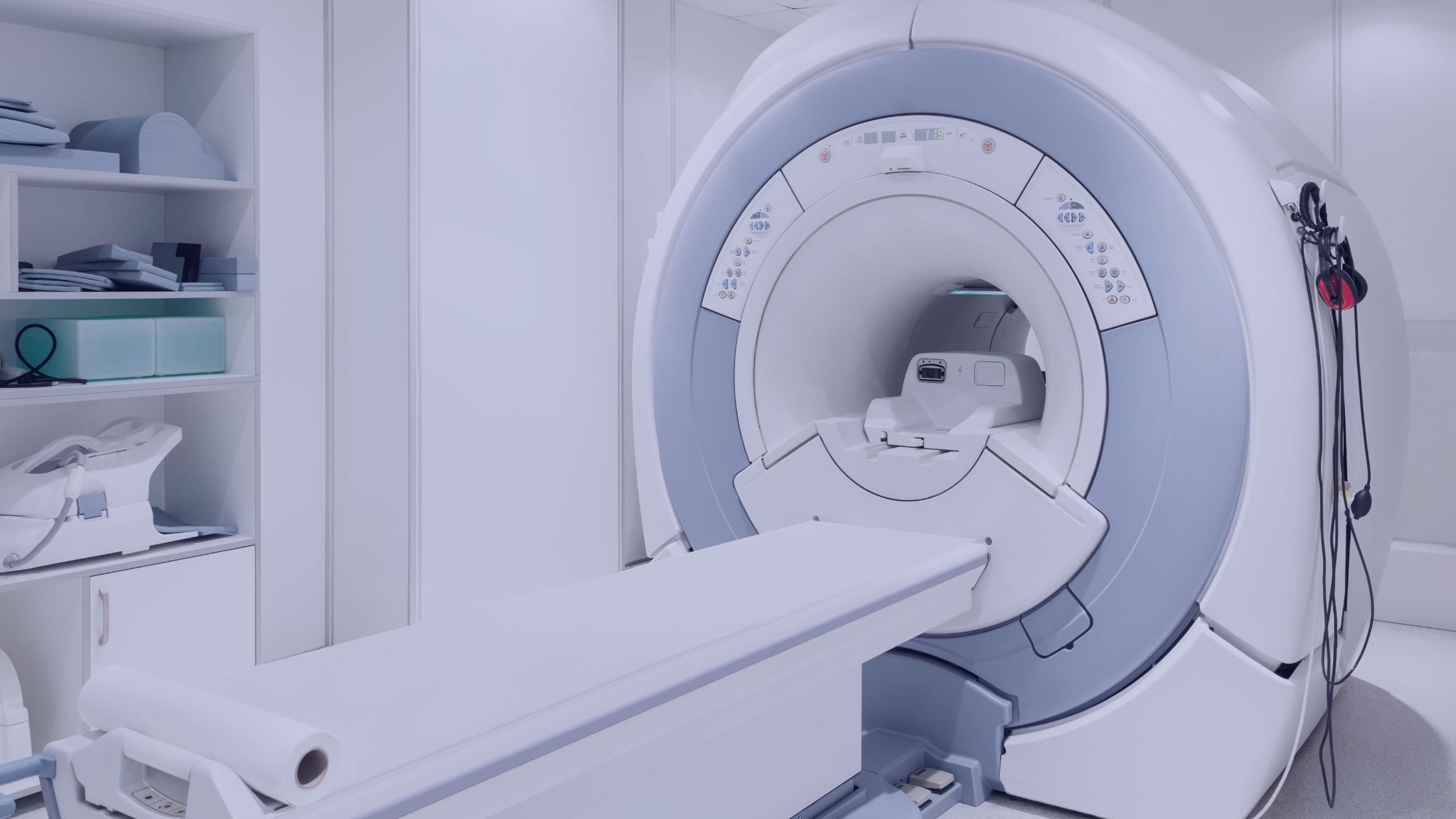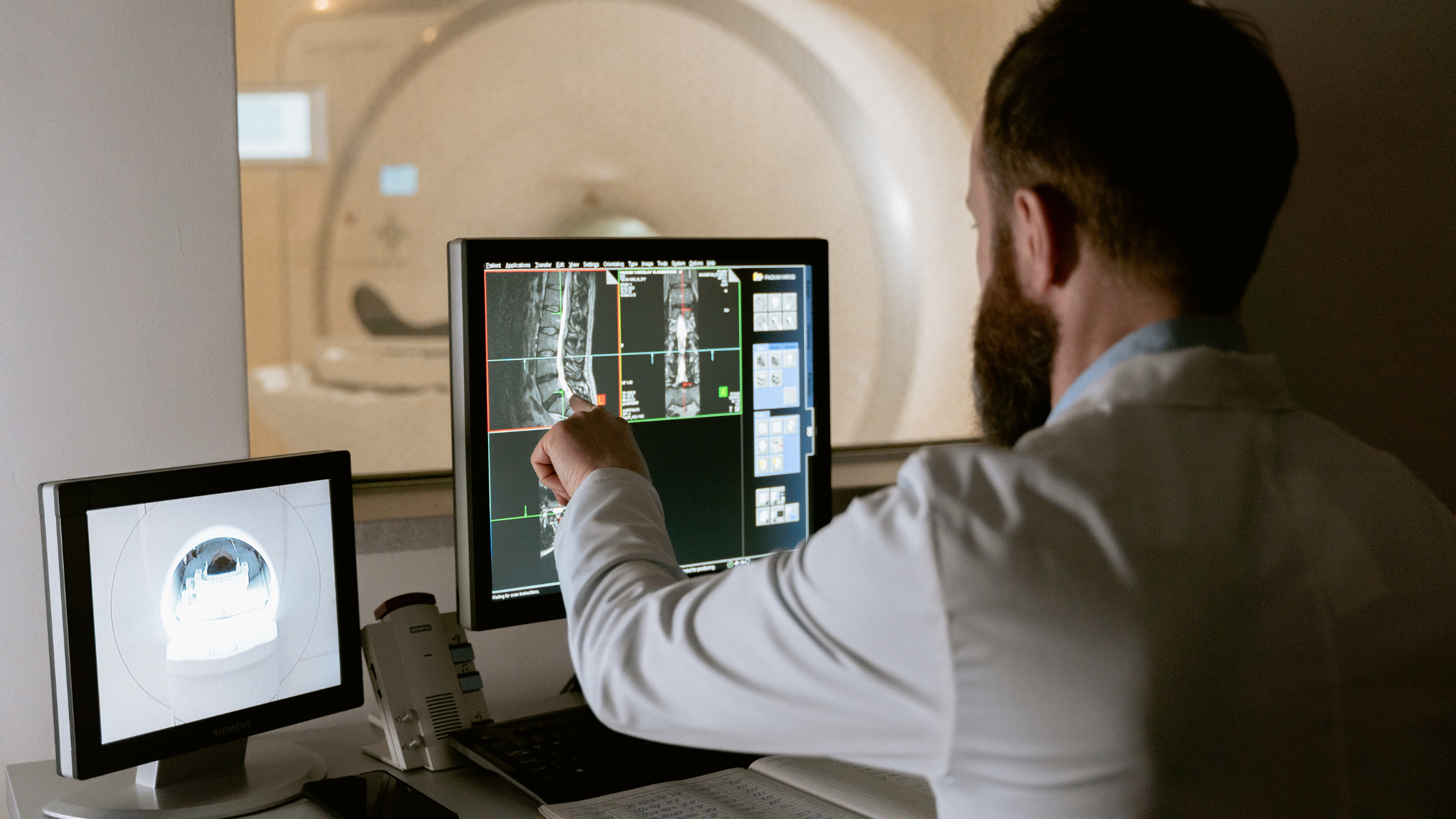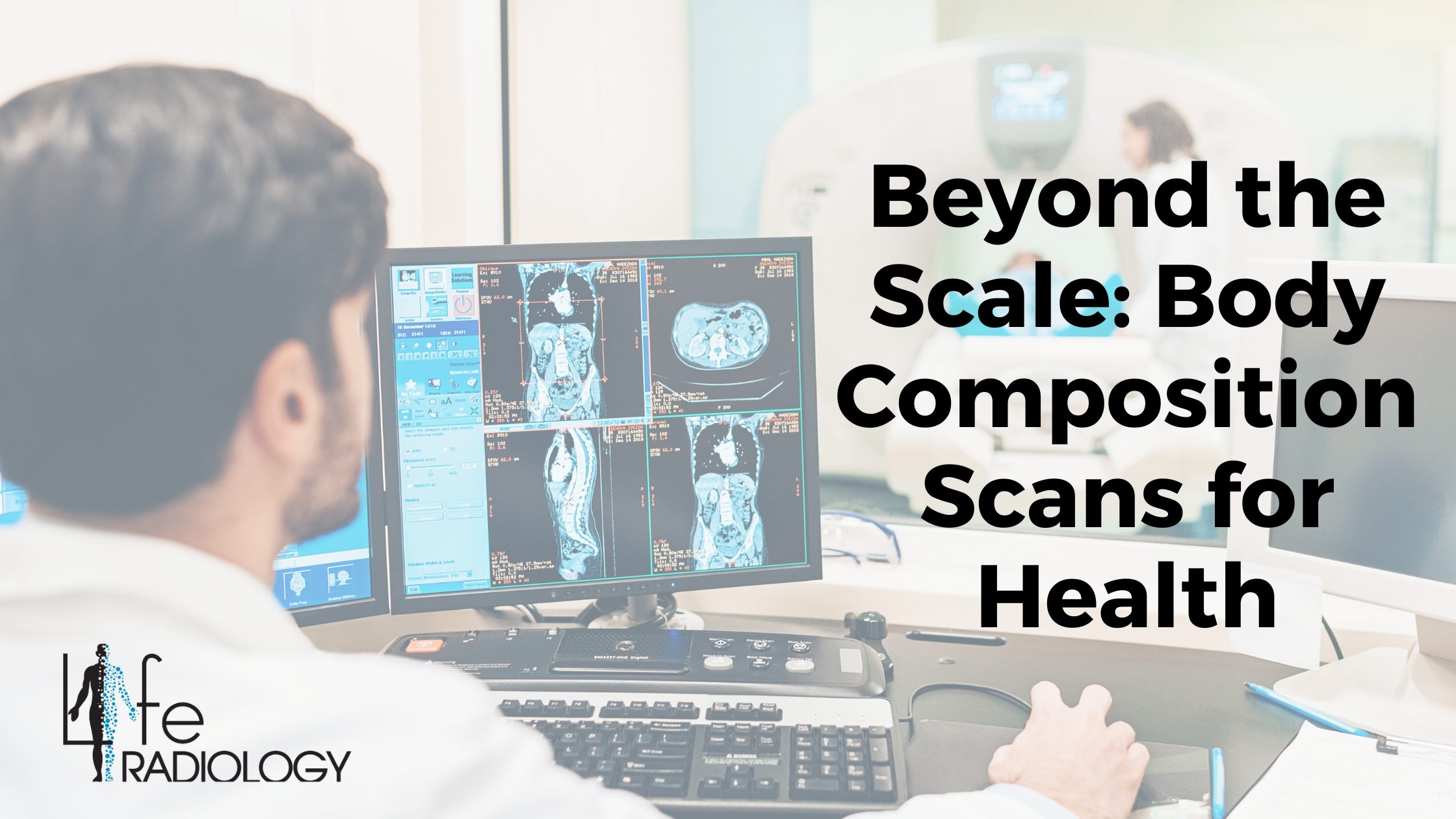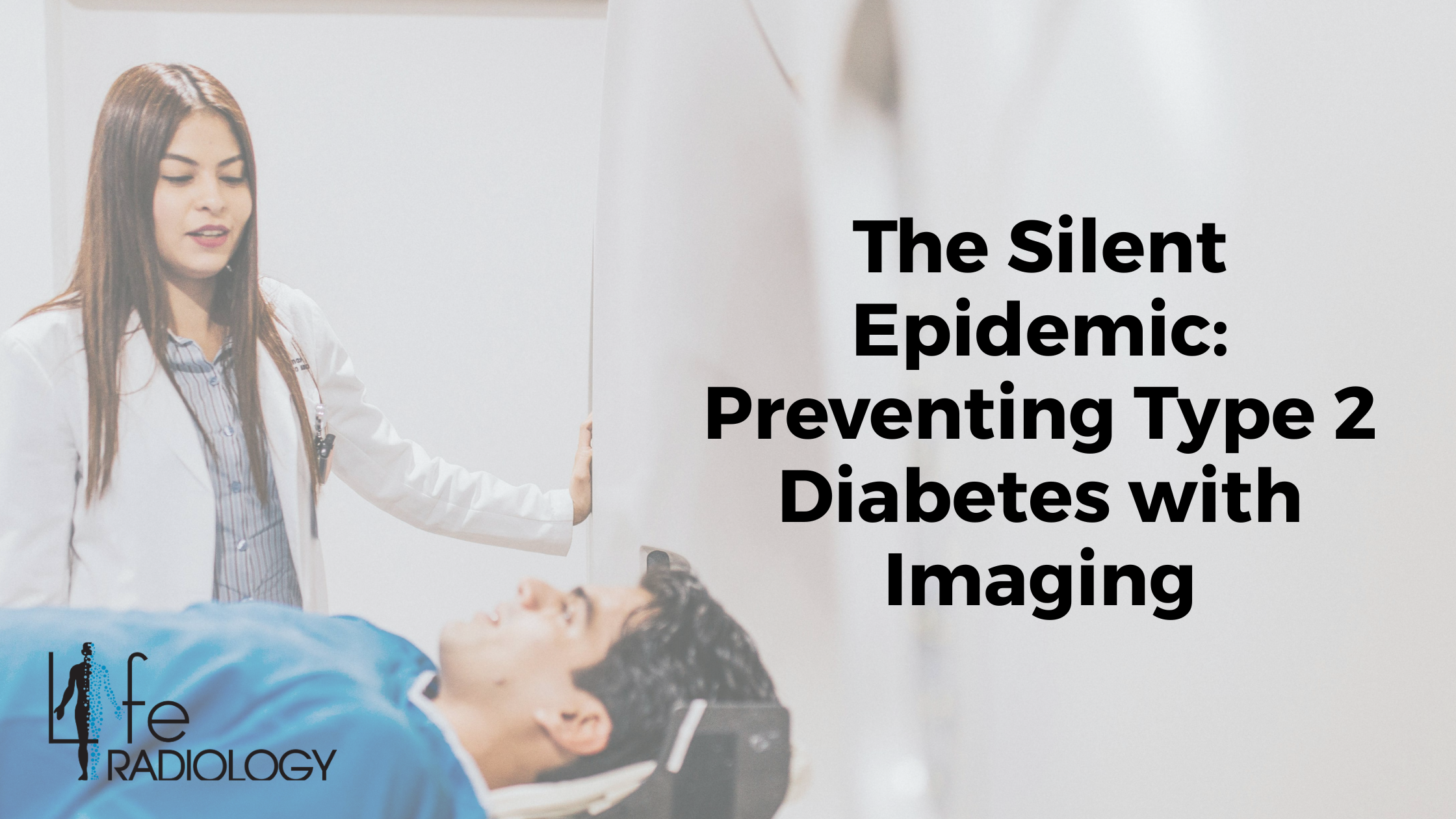Preventive Imaging: Detect Disease Before Symptoms
When most people think of medical imaging, they imagine X-rays after a broken bone or scans ordered because of concerning symptoms. But imaging can be much more than a diagnostic tool—it can also be a powerful form of prevention.
Certain evidence-based screening scans can detect disease in its earliest stages, sometimes before symptoms appear, giving you and your healthcare provider the chance to act early for the best possible outcome.
How Preventive Imaging Works
Preventive imaging uses specific tests—such as mammograms, bone density scans (DXA), and low-dose CT scans for the lungs—to identify health issues before they become advanced.
The benefits are clear:
-
Earlier detection of disease
-
More treatment options if something is found
-
Improved survival rates and quality of life
Not all scans are for everyone. The most effective preventive imaging is based on your age, medical history, and risk factors—not just as a “check-up” for the whole body.
Evidence-Based Preventive Scans
1. Mammograms — Detecting Breast Cancer Early
The U.S. Preventive Services Task Force (USPSTF) recommends mammograms every 2 years for women ages 40 to 74. Studies show mammography reduces deaths from breast cancer by finding tumors before they can spread.
2. Bone Density Scans (DXA) — Preventing Fractures
Bone density scans measure bone strength and can detect osteoporosis before fractures happen. The USPSTF recommends DXA for:
-
All women age 65 and older
-
Younger postmenopausal women with risk factors for osteoporosis
With early detection, lifestyle changes or medications can strengthen bones and prevent injury.
3. Low-Dose CT Scans — Saving Lives from Lung Cancer
Low-dose CT (LDCT) scans are recommended annually for adults aged 50–80 with a 20+ pack-year smoking history who currently smoke or quit within the past 15 years.
Extensive studies (NLST, NELSON) show LDCT reduces lung cancer deaths by finding cancer before symptoms appear.
Scans to Avoid for Routine Screening
While targeted scans save lives, full-body CT or MRI in healthy people without symptoms is not recommended. These can expose you to unnecessary radiation, cause anxiety from false alarms, and lead to invasive tests you might not need.
Why Early Care Means Better Outcomes
The earlier you know, the more choices you have. Preventive imaging can:
-
Catch disease when it’s most treatable
-
Reduce the need for aggressive treatments later
-
Help you stay active and independent for longer
Talking to Your Healthcare Provider
Ask your doctor:
-
Am I due for any screening scans?
-
Which tests are right for my age, sex, and risk factors?
-
How often should I repeat these tests?
FAQs About Preventive Imaging
Q: Is imaging only for people with symptoms?
A: No. Certain scans are explicitly designed for healthy people at higher risk of certain diseases.
Q: Are preventive scans safe?
A: Yes, when medically indicated. Some use no radiation (like DXA or MRI), while others use low doses. Your provider will ensure the benefits outweigh any risks.
Q: Can I get a scan to “check everything”?
A: Whole-body scans in people without symptoms or risk factors are not recommended. They often do more harm than good.
Bottom line: The right imaging at the right time can be lifesaving. Preventive scans like mammograms, bone density tests, and low-dose CT lung screenings are proven to improve outcomes. The key is to follow guidelines and work with your provider to create a screening plan that’s tailored to you.
